
November 2019
The 1980s are probably a fond memory of childhood misadventures for most readers my age, epitomised by legendary cultural milestones such as Indiana Jones, E.T, Michael Jackson, MTV, the Rubik’s Cube and of course the video game arcade.
Buzzing with lights & synthesized sounds the arcade has burnt itself into the minds of a whole generation of 1980s youths as the place aliens were fought, dragons slayed, princesses saved and ghosts eaten. Video games at the time were expensive, large in construction and still somewhat misunderstood and unfamiliar to the mainstream consumer, and therefore found a home in fixed installation arcade hubs around the world which kids of all ages frequented.
With virtual reality we are seeing a very similar trend, the hardware is still quite expensive (though 2018 should yield some more accessible price points), inconveniently bulky, requiring a large amount of space to use properly and too unfamiliar to the average consumer to justify such a high price to want to own one. This is leading to a resurgence of fixed installation entertainment hubs, this time around offering a plethora of virtual reality experiences with some even dubbing this early period in VR as the renaissance of the classic arcade.
These hubs range from premium installations down to budget experiences. On one end of the spectrum we have experiences like The Void, which has found endorsement from brands such as Star Wars and Ghostbusters allowing users to explore virtual worlds using backpack mounted PCs and augmenting the experience with real world stimuli such as heat lamps, physically mapped objects and the ability to set off on the adventure with your friends. These experiences usually last between 15 – 20 minutes and are as immersive as they come for 2018.
Somewhere in the middle we have actual virtual reality arcades which are usually large open spaces with individual virtual reality pods or sections for users to load up an experience from a library and get playing. Other users can hang around and watch them play or jump into VR themselves to compete or cooperate in the same experience. The experience is shared either inside of VR or outside of VR as these spaces, just like traditional arcades, position themselves as social hubs.
And on the lower end of the spectrum we are seeing pop up virtual reality installations in shopping centres, malls and other public spaces charging users for a short experience with a mixed bag of quality on offer.
Not only are these installations & arcades a great throwback to the arcade industry of the early 1980s but also suggests a similar pattern of emergence for the technology and industry as a whole. As more people try virtual reality and it permeates our definition of mainstream entertainment, hand in hand with a continued reduction in cost for the technology, we will naturally see a shift from fixed installation virtual reality towards consumer confidence in owning virtual reality and for its mass adoption.
Until that time, roll on the nostalgia train! I’m heading to a VR arcade.

 Cultivating Minds: How Havrå Farm Game will Grow Sustainable Leaders
Cultivating Minds: How Havrå Farm Game will Grow Sustainable Leaders How cultural heritage is leveraging blockchain and NFTs to reconnect to their audience
How cultural heritage is leveraging blockchain and NFTs to reconnect to their audience It’s hot tub time
It’s hot tub time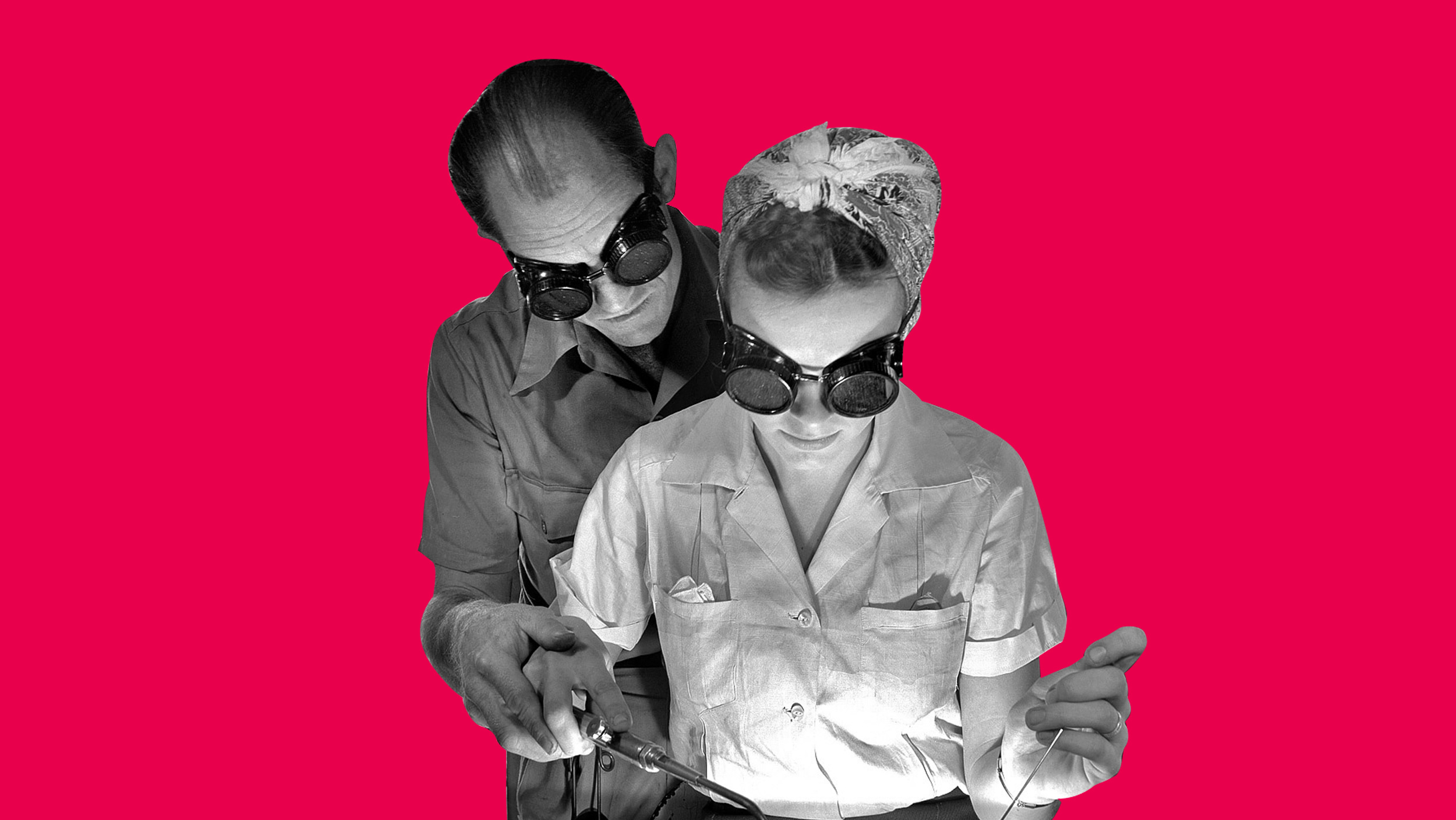 A model for understanding the virtual reality experience
A model for understanding the virtual reality experience How VR / AR are an effective b2b sales solution
How VR / AR are an effective b2b sales solution VR – Machine driven human to human interaction
VR – Machine driven human to human interaction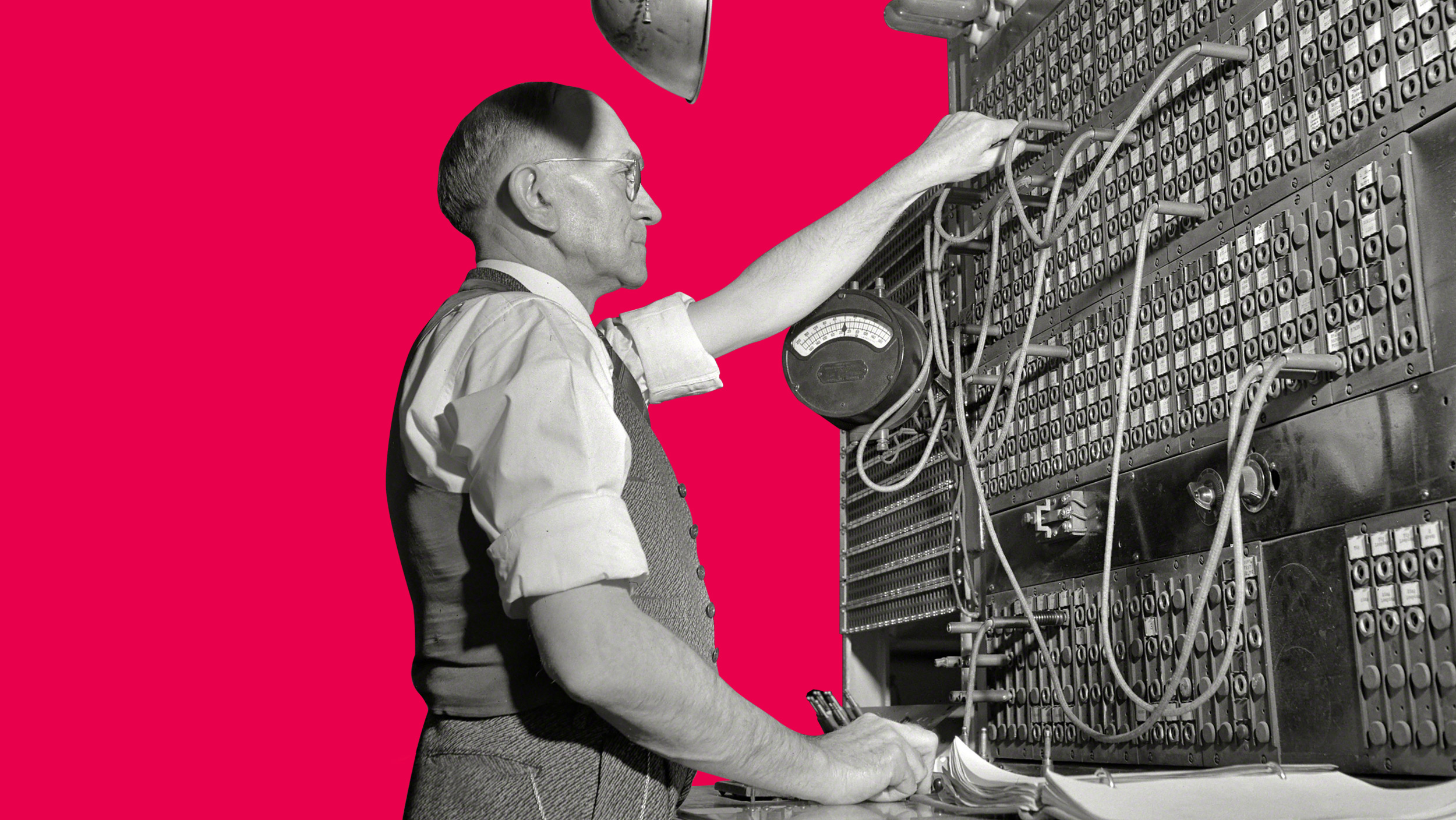 Untangling the wires – how 2019 will see virtual reality cut the umbilical-cord
Untangling the wires – how 2019 will see virtual reality cut the umbilical-cord Our long road to getting virtual reality on the road
Our long road to getting virtual reality on the road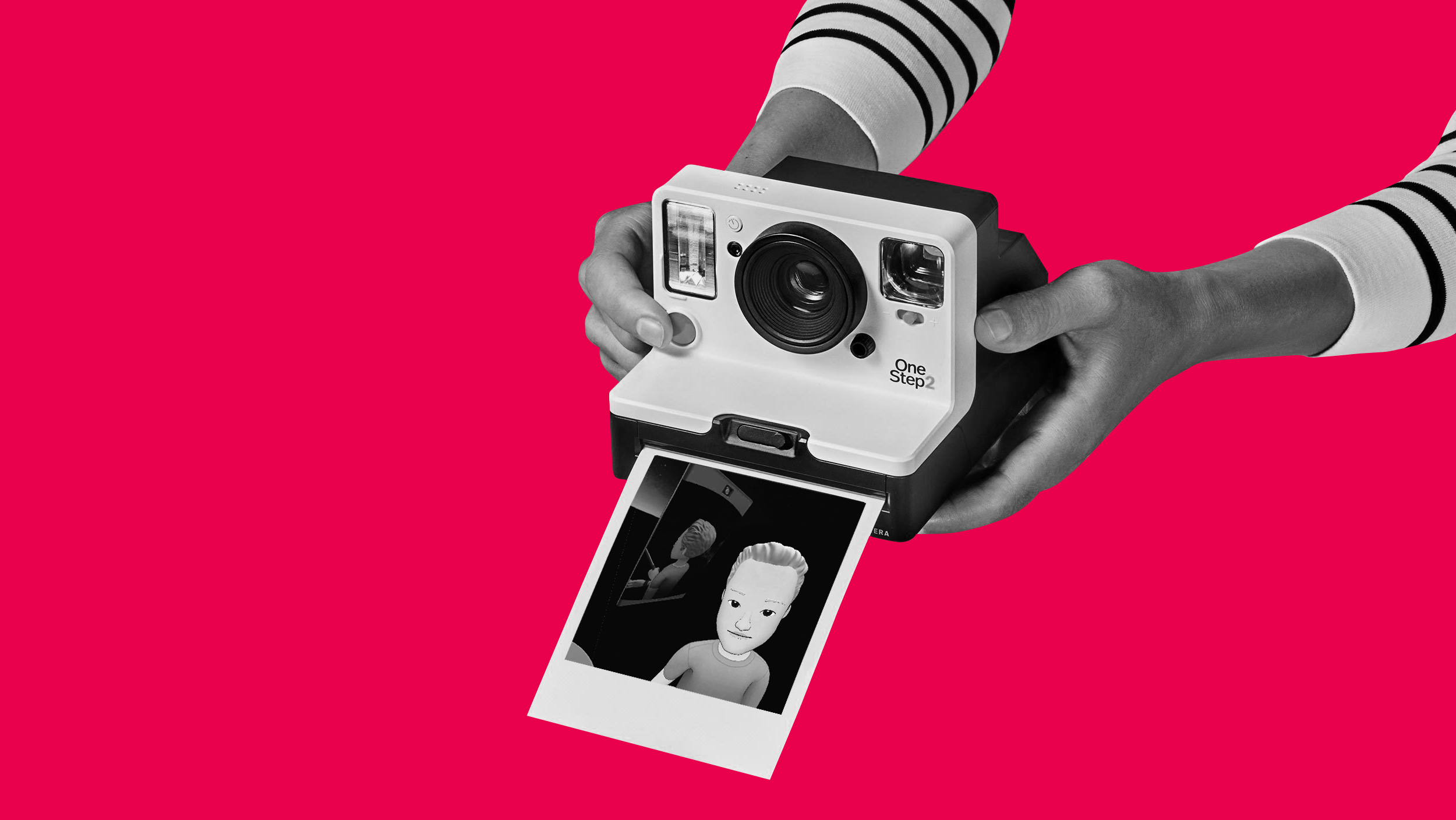 The information age is dead welcome to the experimental age
The information age is dead welcome to the experimental age Anatomy of VR
Anatomy of VR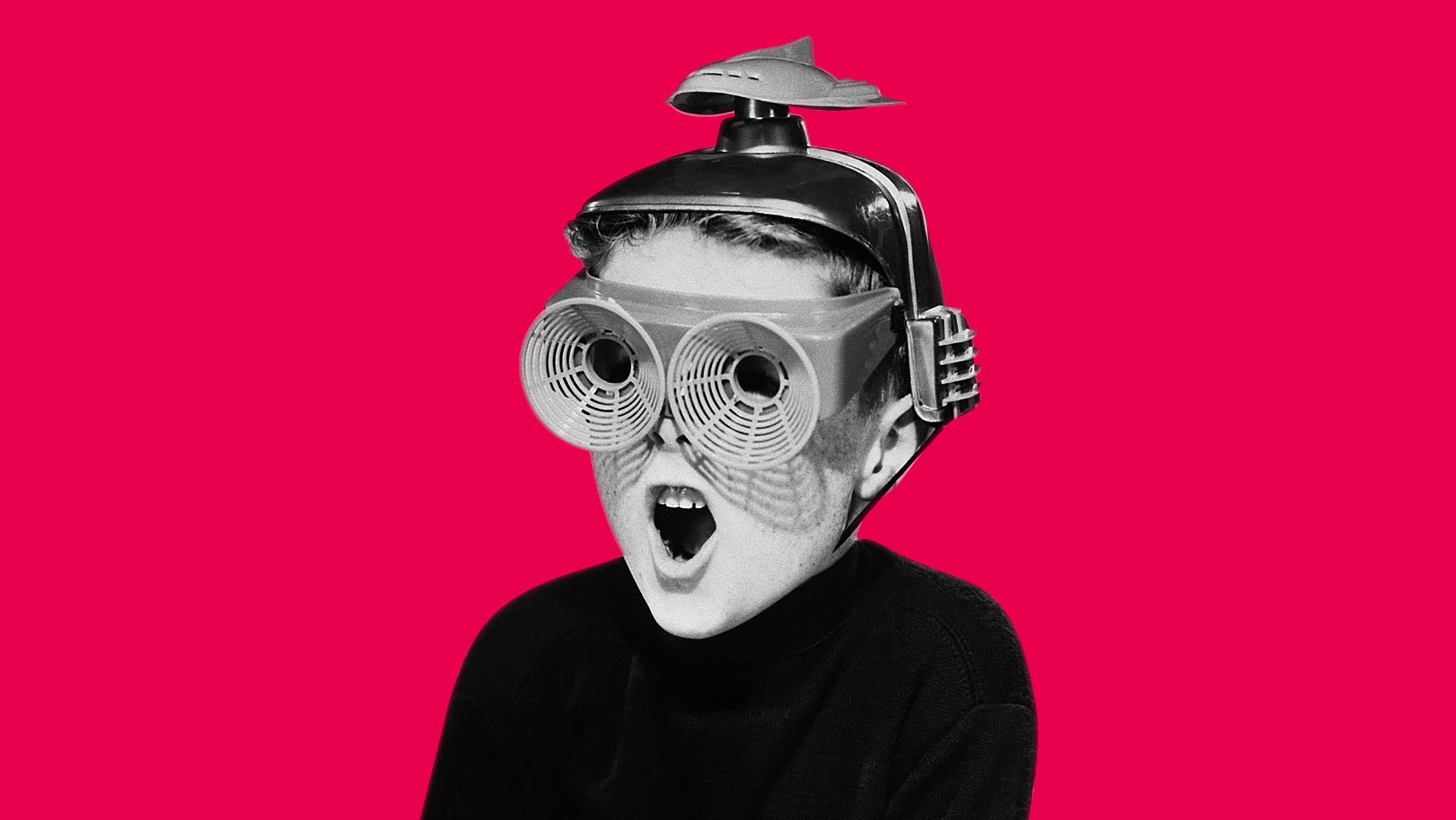 Deciphering the hololens
Deciphering the hololens Make it sound right or break immersion
Make it sound right or break immersion Branding your reality
Branding your reality A deep dive into immersion
A deep dive into immersion Why the suit & ties don’t get VR
Why the suit & ties don’t get VR The hidden marketing value of virtual reality
The hidden marketing value of virtual reality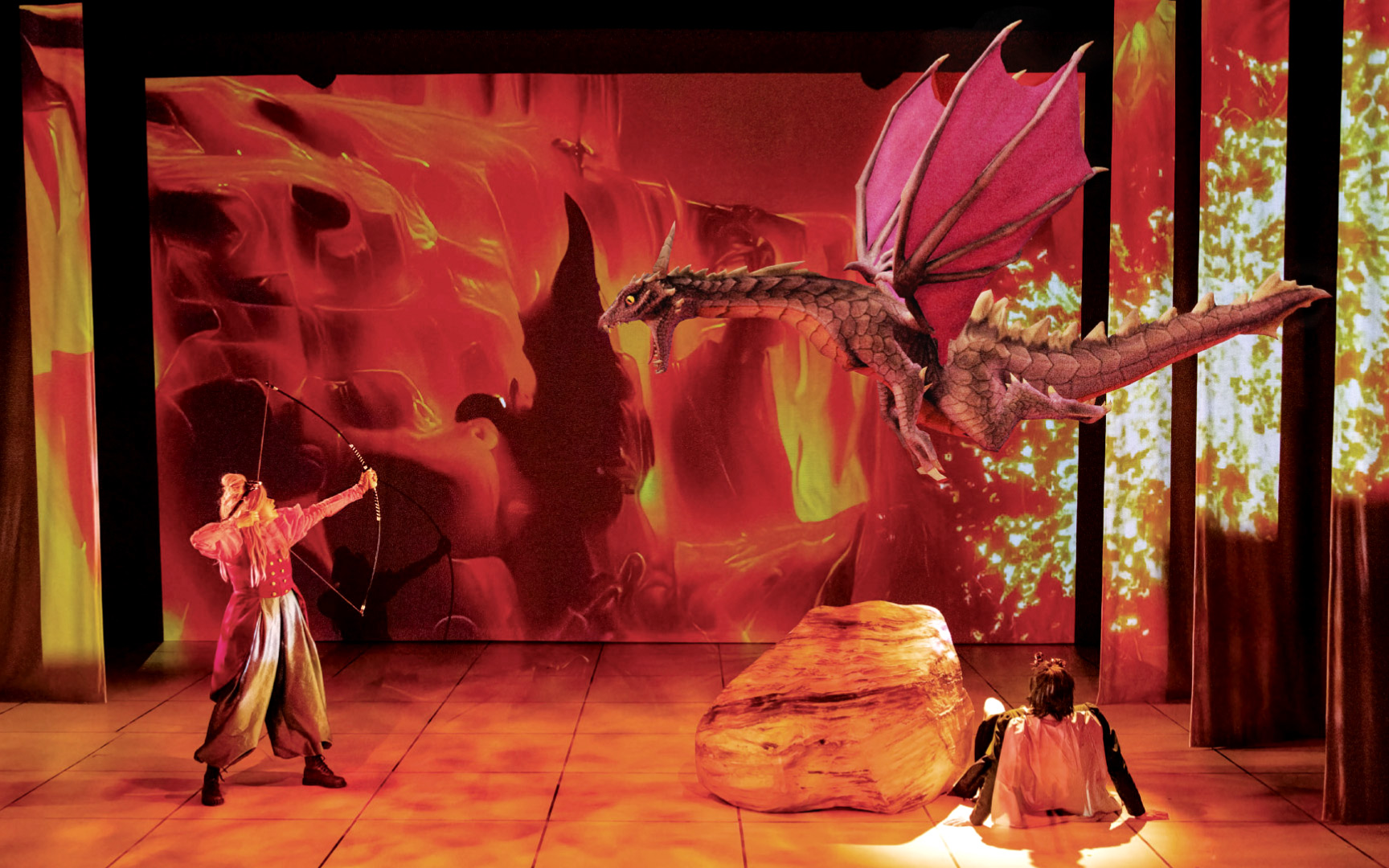 Theatre reimagined with AR
Theatre reimagined with AR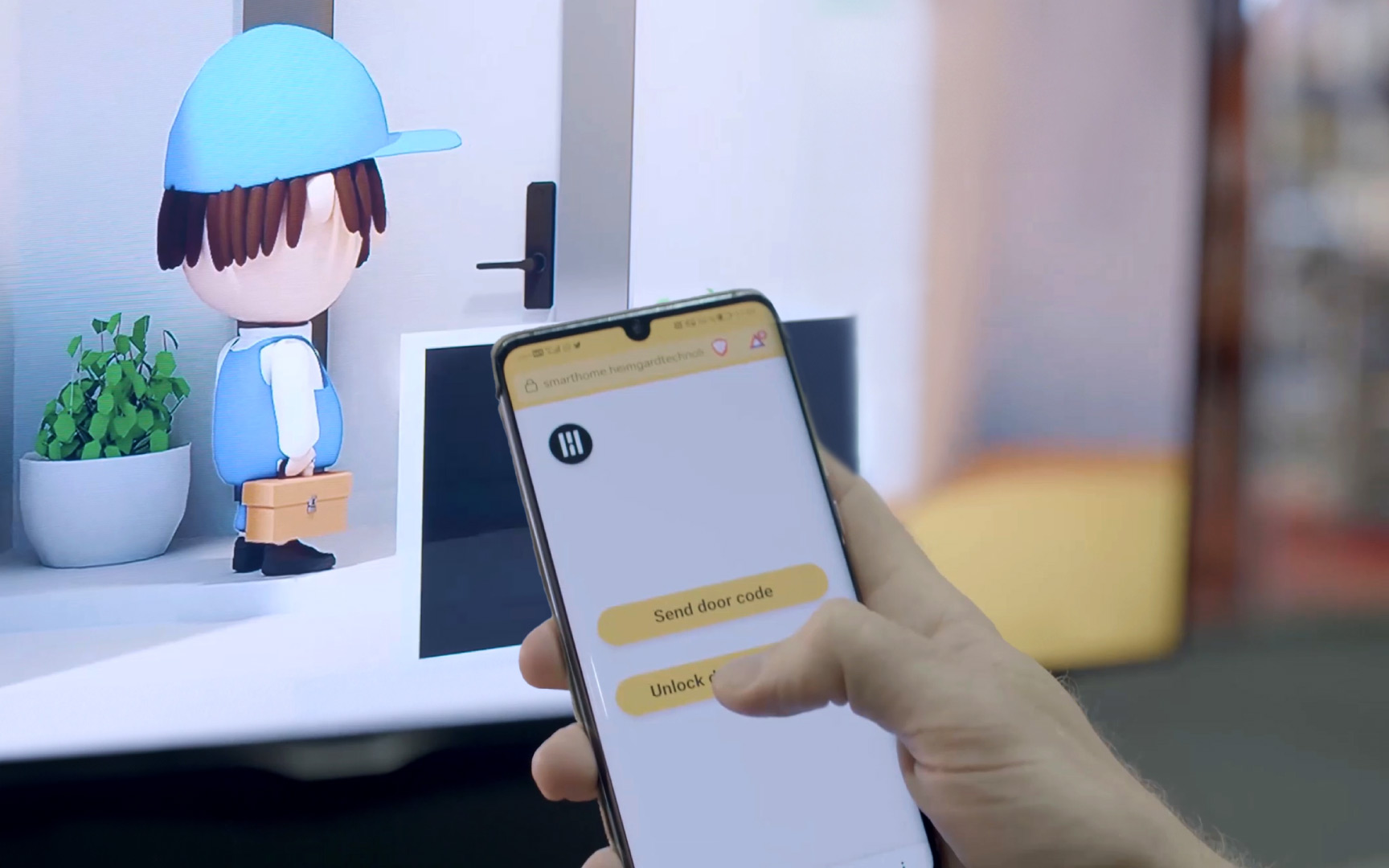 Let your audience control their experience
Let your audience control their experience Immersive web to CRM integration for lead gen
Immersive web to CRM integration for lead gen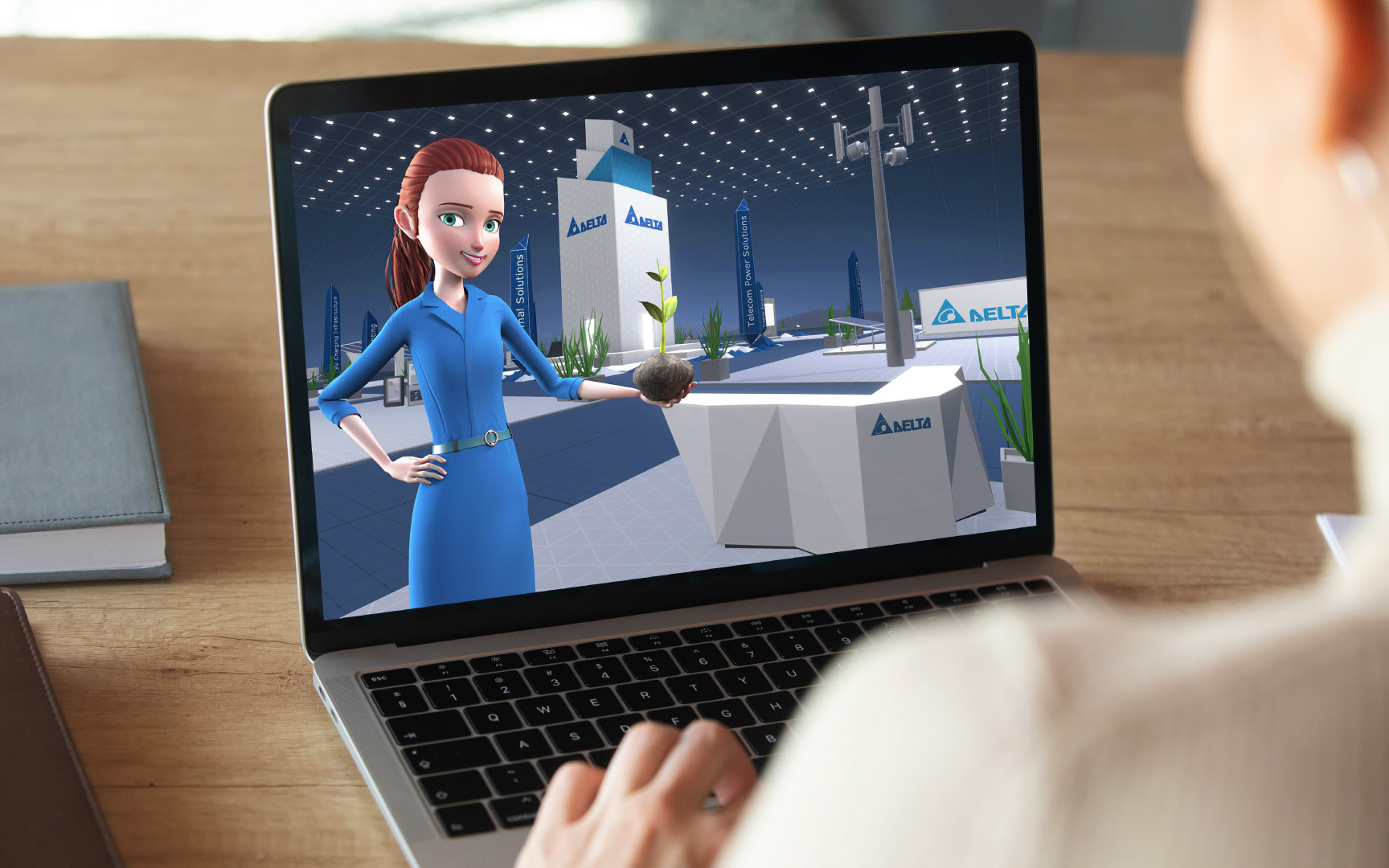 Digital interactive exhibitions during the pandemic
Digital interactive exhibitions during the pandemic Creating a virtual museum with photogrammetry
Creating a virtual museum with photogrammetry Sailing across the pacific in VR
Sailing across the pacific in VR Audience engagement through immersive web
Audience engagement through immersive web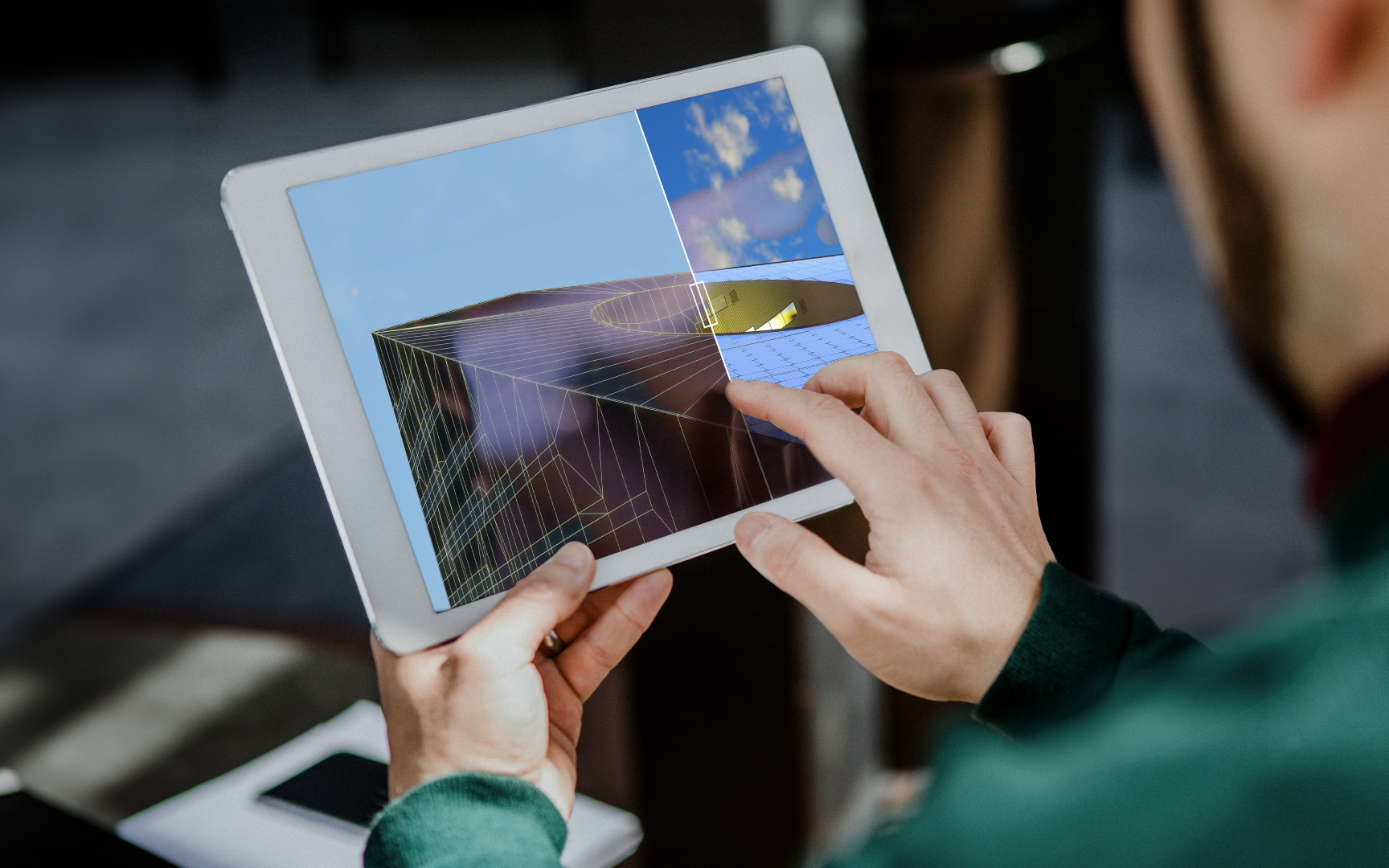 Share your architectural vision in AR
Share your architectural vision in AR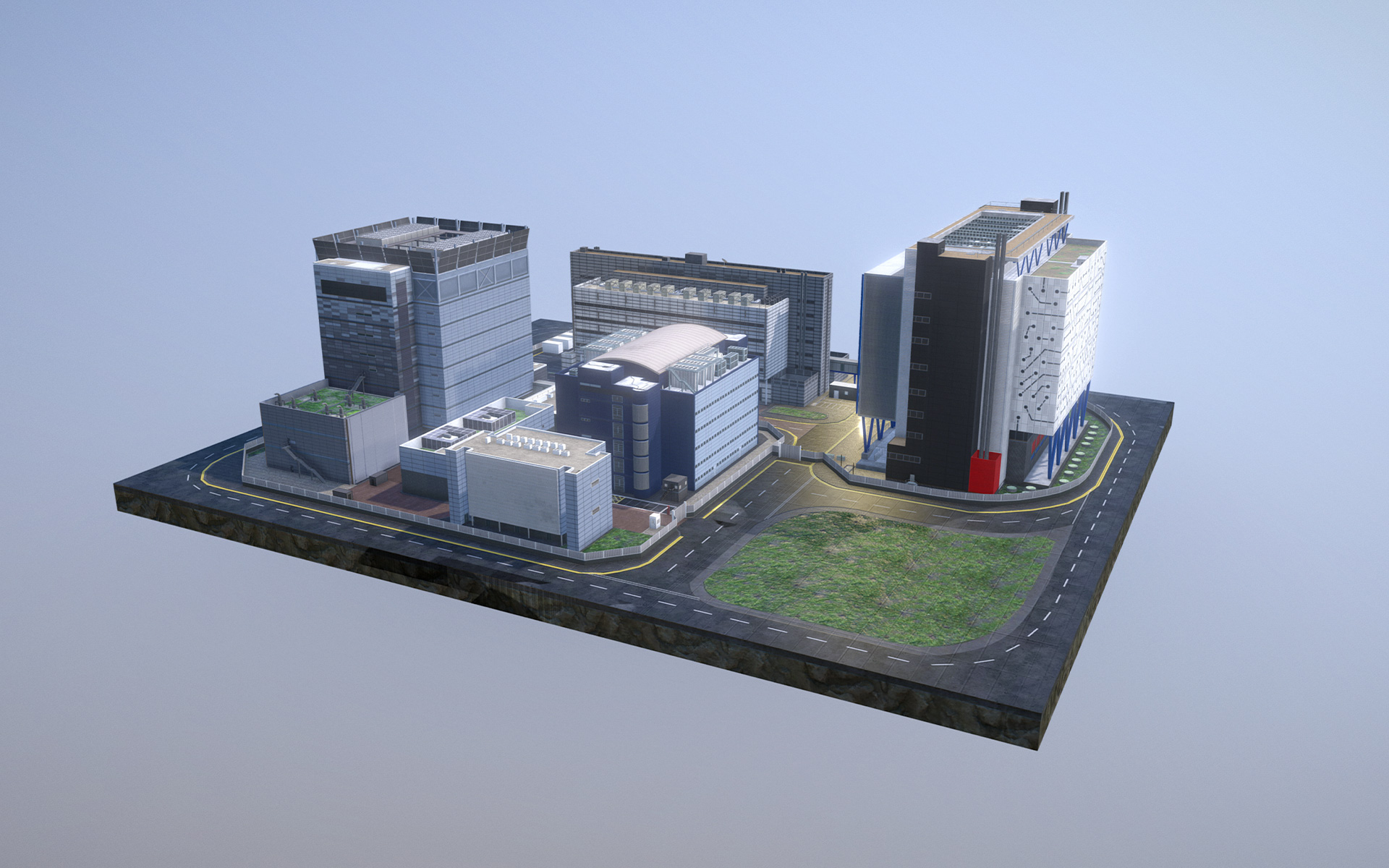 Selling complex installations across WebGL and VR
Selling complex installations across WebGL and VR Bringing history to life with 360 photospheres
Bringing history to life with 360 photospheres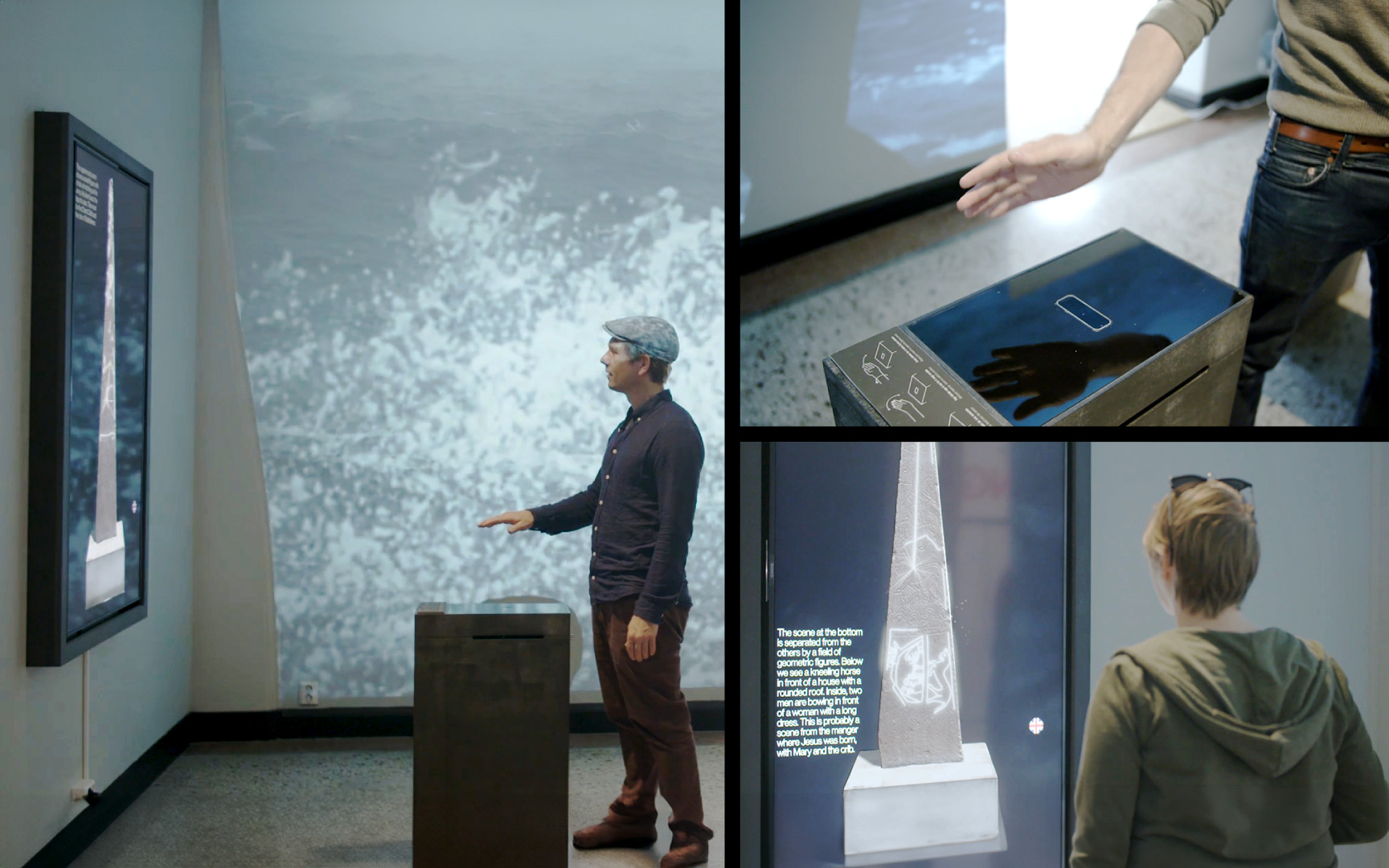 Digitizing hard to exhibit historical artifacts
Digitizing hard to exhibit historical artifacts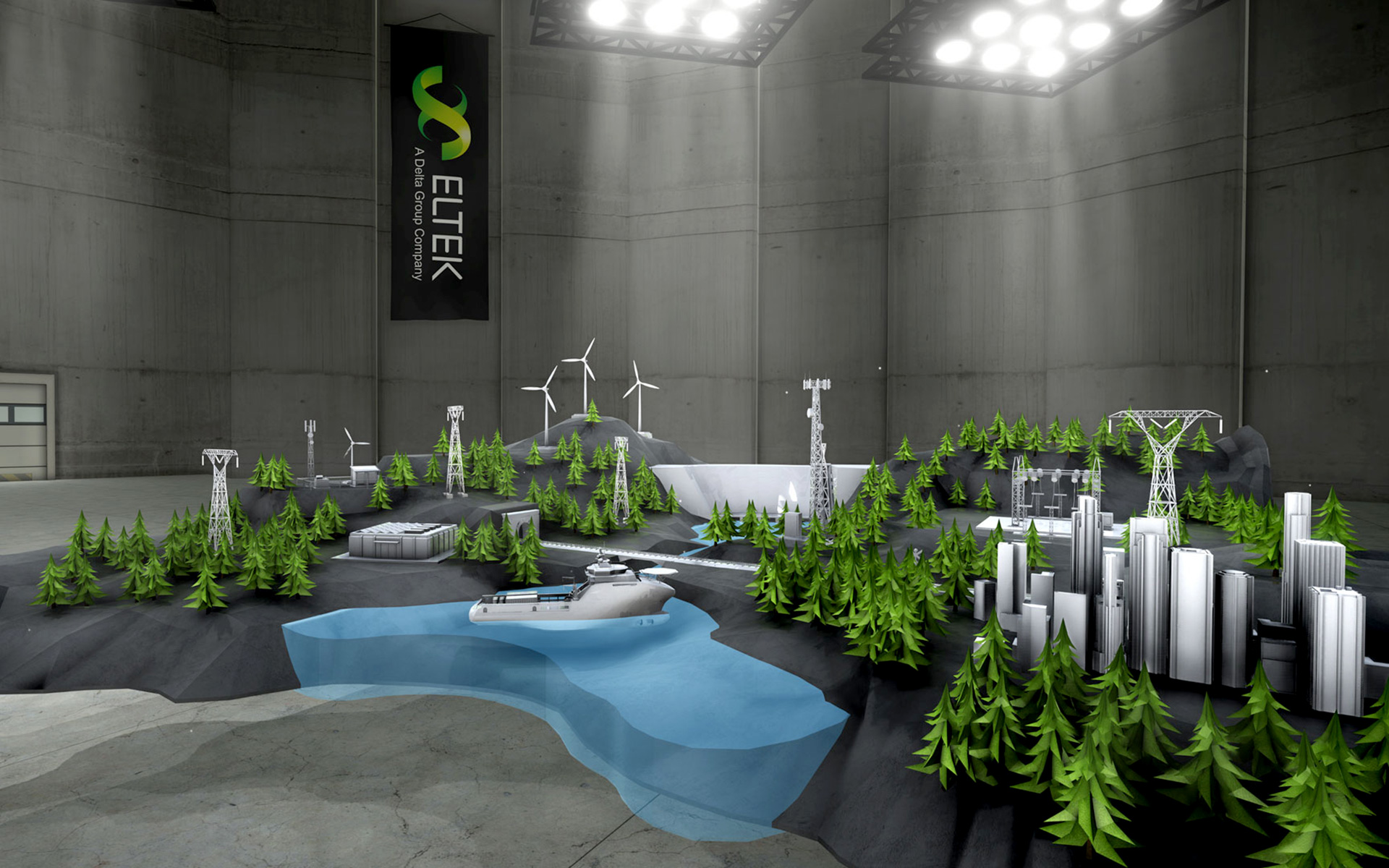 Creating an immersive product showroom
Creating an immersive product showroom Creating interactive 360 heritage site tours for web
Creating interactive 360 heritage site tours for web